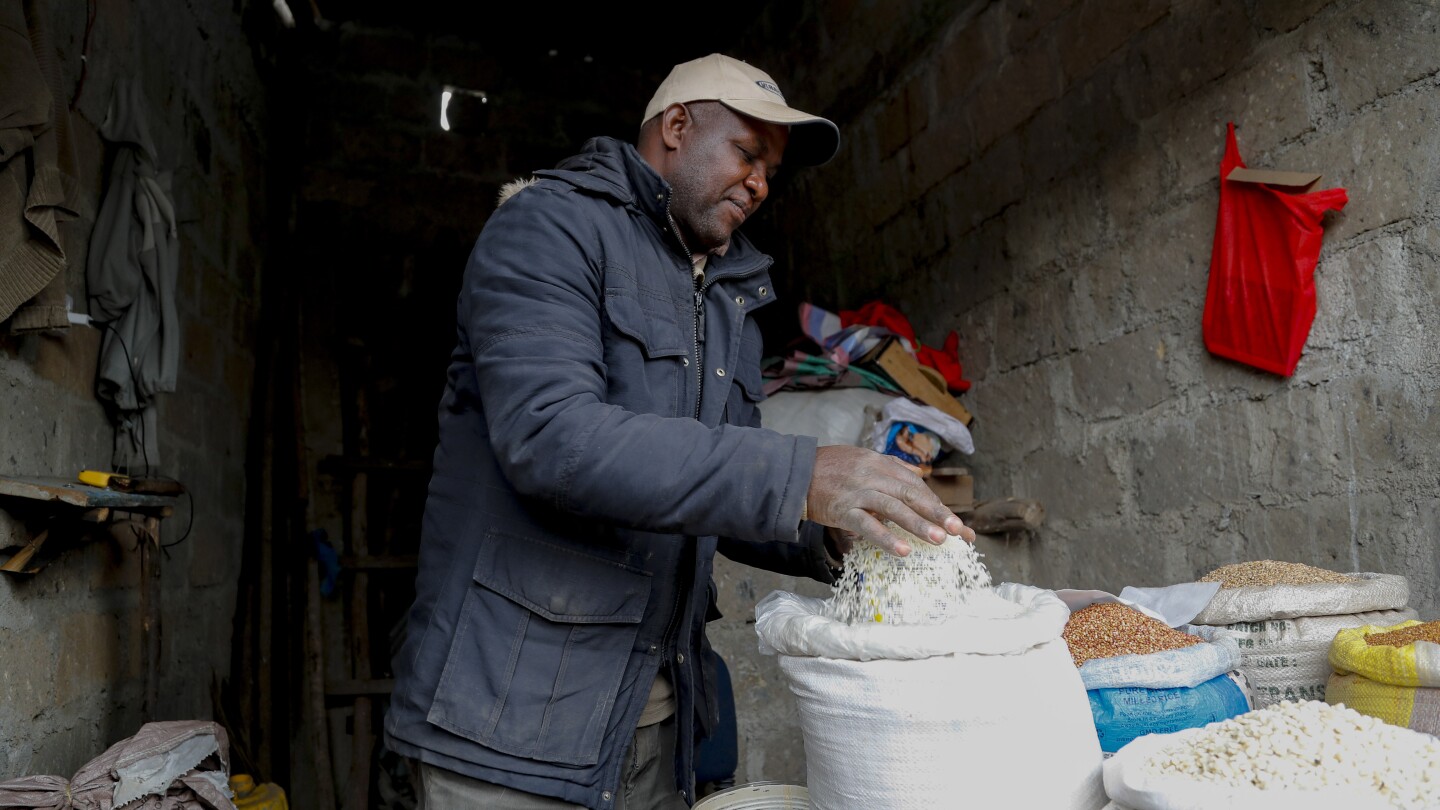Countries worldwide are scrambling to secure rice after a partial ban on exports by India cut global supplies by roughly a fifth.
Oh dear.
Here we go again…Wheat and sunflowers are hobbled by the war in Ukraine; now rice. What else should I have on my global food crisis bingo card? Mad cow? Bird flu? Corn? Beans? Are we going to lose all the bananas again?
Soy is very important in Asia. If there were soy shortage and rice shortage at the same time, people might literally riot. US and Brazil are the big exporter of soy and fortunately soy productions seems to be good this year.
You can pick pretty much anything. Florida oranges are threatened by citrus greening. I’ve seen articles recently about several crops being threatened by climate change, like coffee and olives, but it’s certainly not limited to those. Pretty much everything is going to be affected if it isn’t already.
This is the best summary I could come up with:
Global food security is already under threat since Russia halted an agreement allowing Ukraine to export wheat and the El Nino weather phenomenon hampers rice production.
An El Nino is a natural, temporary and occasional warming of part of the Pacific Ocean that shifts global weather patterns, and climate change is making them stronger.
Senegal will turn to other trading partners like Thailand or Cambodia for imports, though the West African country is not “far from being self-sufficient” on rice, with over half of its demand grown locally, Agriculture Ministry spokesperson Mamadou Aïcha Ndiaye said.
The Philippines was carefully managing water in anticipation of less rain amid the El Nino when Typhoon Doksuri battered its northern rice-producing region, damaging $32 million worth of rice crops — an estimated 22% of its annual production.
The restrictions will take offline nearly half the country’s usual rice exports this year, said Ashok Gulati of the Indian Council for Research on International Economic Relation.
AP reporters Krutika Pathi in New Delhi; Zane Irwin in Dakar, Senegal; Jintamas Saksornchai in Bangkok; and Jim Gomez in Manila, Philippines, contributed.
The original article contains 1,028 words, the summary contains 183 words. Saved 82%. I’m a bot and I’m open source!
Welcome to our future of increasing insecurity in staple goods.
I went to buy rice for the first time in like 2 years (I buy a 50 pound bag and live alone), was shocked. Bags were smaller and prices double or more. A dollar a pound used to get you some really primo rice. Now that’s the cheapest shit.




